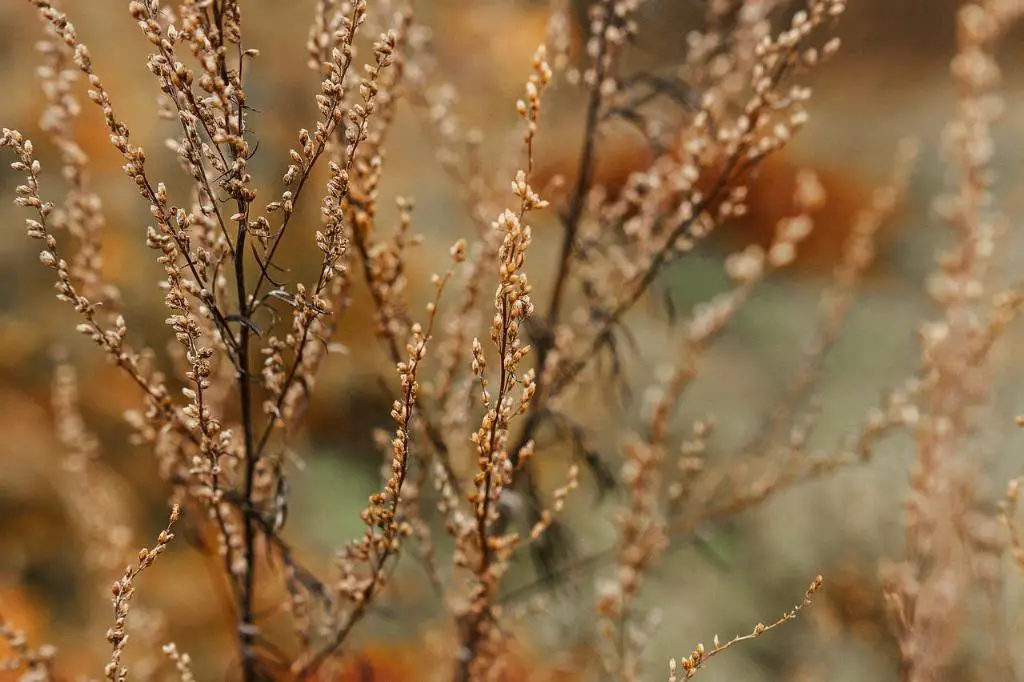If you’re a garden enthusiast in North Carolina, you may be wondering about the ideal time to trim your shrubs. When to trim shrubs in NC is a common question that arises among gardeners looking to maintain the health and aesthetics of their plants. Fortunately, there are some key factors to consider when deciding on the best time to prune your shrubs.
Late Winter Pruning
As a general rule of thumb, late winter is often recommended as the best time to prune most shrubs. This period typically falls in February in North Carolina, making it an ideal time to perform pruning activities. The cold temperatures of late winter help reduce the risk of diseases spreading through freshly pruned plants, promoting their overall health.
Benefits of Late Winter Pruning
Pruning shrubs in late winter allows the plants to focus their energy on root development during the dormant season. Trimming during this time also encourages vigorous growth in the spring, leading to lush foliage and vibrant blooms. Additionally, the lack of leaves on the shrubs in late winter provides better visibility of the plant’s structure, making it easier to assess and execute precise cuts.
Consider Plant Type
While late winter is generally a suitable time for pruning most shrubs, it’s essential to consider the specific type of plant you are dealing with. Some shrubs may have unique growth patterns or flowering cycles that require a different pruning schedule. Researching the individual needs of your shrubs can help determine the most appropriate time to trim them.
Weather Conditions
Weather plays a crucial role in determining the timing of shrub pruning. North Carolina’s climate can vary, so it’s essential to monitor the weather forecast before scheduling your pruning activities. Avoid trimming shrubs during periods of extreme cold or wet conditions, as this can lead to stress and damage to the plants.
Tools and Techniques
When trimming shrubs in North Carolina, it’s vital to use the right tools and techniques to ensure a successful pruning session. Sharp, clean pruning shears and loppers are essential for making precise cuts without causing unnecessary harm to the plant. Proper pruning techniques, such as cutting at a 45-degree angle above a node, can promote healthy regrowth and prevent disease.
Monitoring Plant Health
Regularly monitoring the health of your shrubs is key to identifying the optimal time for pruning. Look for signs of disease, pest infestations, or overgrowth that may indicate the need for immediate pruning. Addressing these issues promptly can help maintain the overall well-being of your shrubs and prevent further damage.
Consulting Experts
If you’re uncertain about the best time to trim your shrubs or how to properly prune them, don’t hesitate to seek advice from gardening experts or landscapers in your area. Professional guidance can provide valuable insights tailored to the specific needs of your plants, ensuring they receive the care they deserve.
Post-Pruning Care
After trimming your shrubs, it’s essential to provide them with proper post-pruning care to support their recovery and growth. Watering the plants adequately, applying fertilizer as needed, and monitoring their progress in the following weeks can help promote healthy regrowth and rejuvenation.
Pruning Frequency
While late winter is an ideal time for major pruning sessions, regular maintenance pruning throughout the year may also be necessary to keep your shrubs in top condition. Light trimming to remove dead or damaged branches, shape the plants, or promote air circulation can be done as needed to ensure the continued health and vitality of your shrubs.
Patient Approach
Remember that pruning is a process that requires patience and care. Avoid over-pruning your shrubs, as this can weaken the plants and inhibit their growth. Take a gradual approach to pruning, focusing on small adjustments and monitoring the plant’s response to ensure you achieve the desired results over time.
Conclusion
In conclusion, determining the best time to trim shrubs in North Carolina involves considering factors such as late winter pruning, plant type, weather conditions, tools and techniques, and post-pruning care. By taking a proactive and informed approach to shrub pruning, you can promote the health, aesthetics, and longevity of your plants, ensuring they thrive throughout the year.

